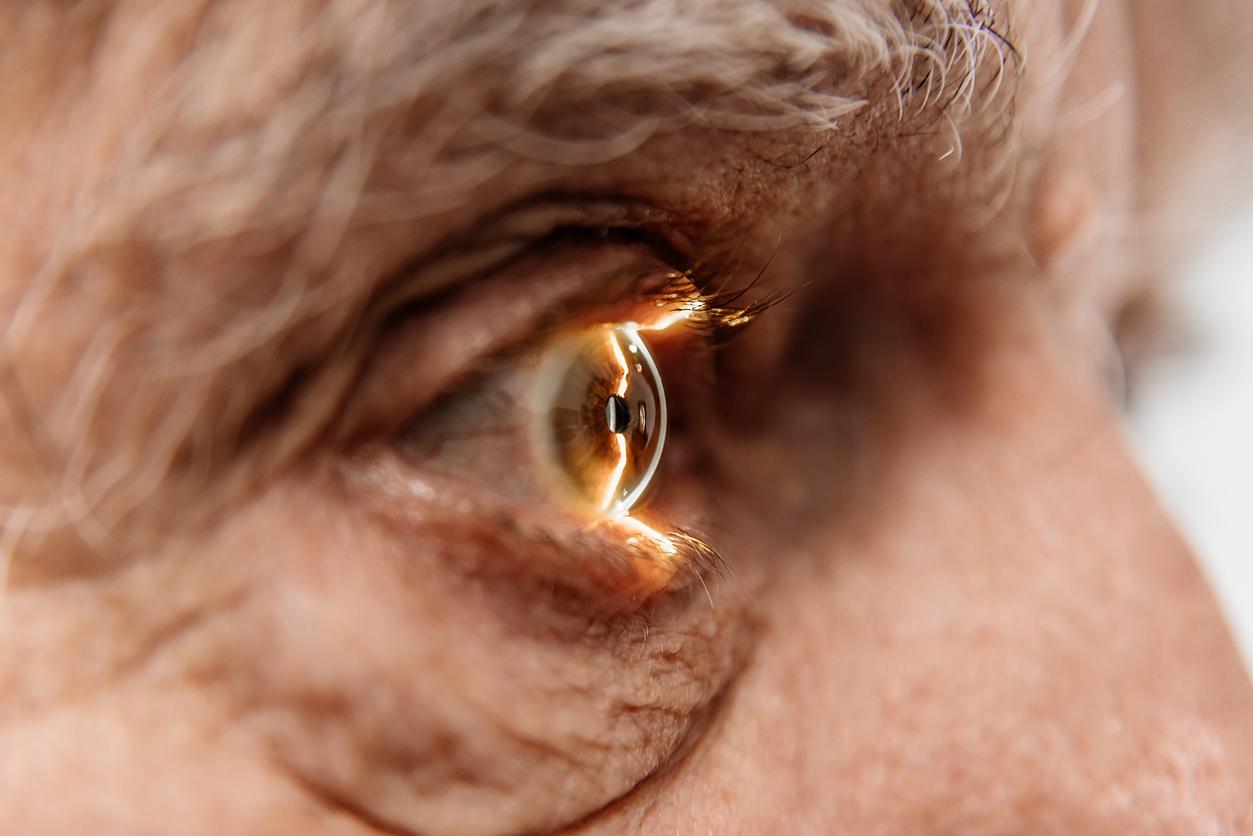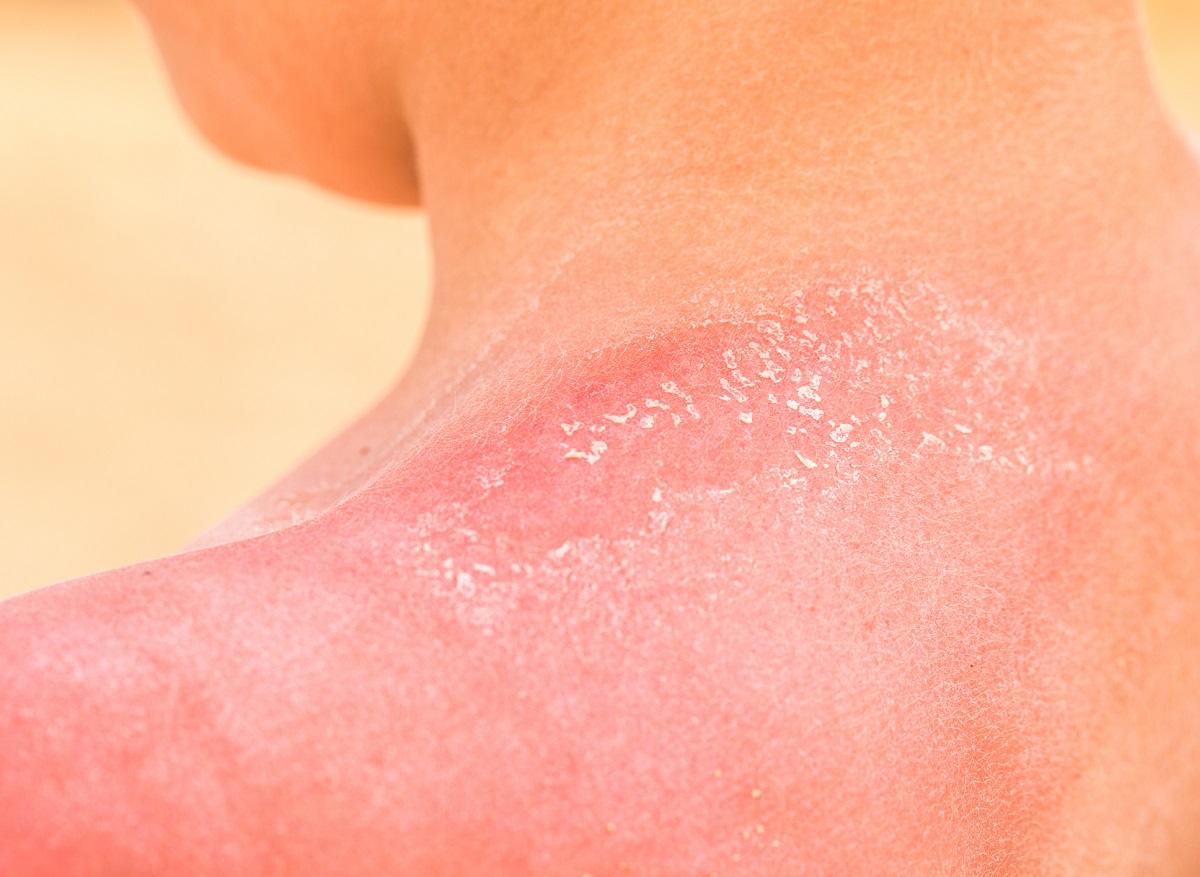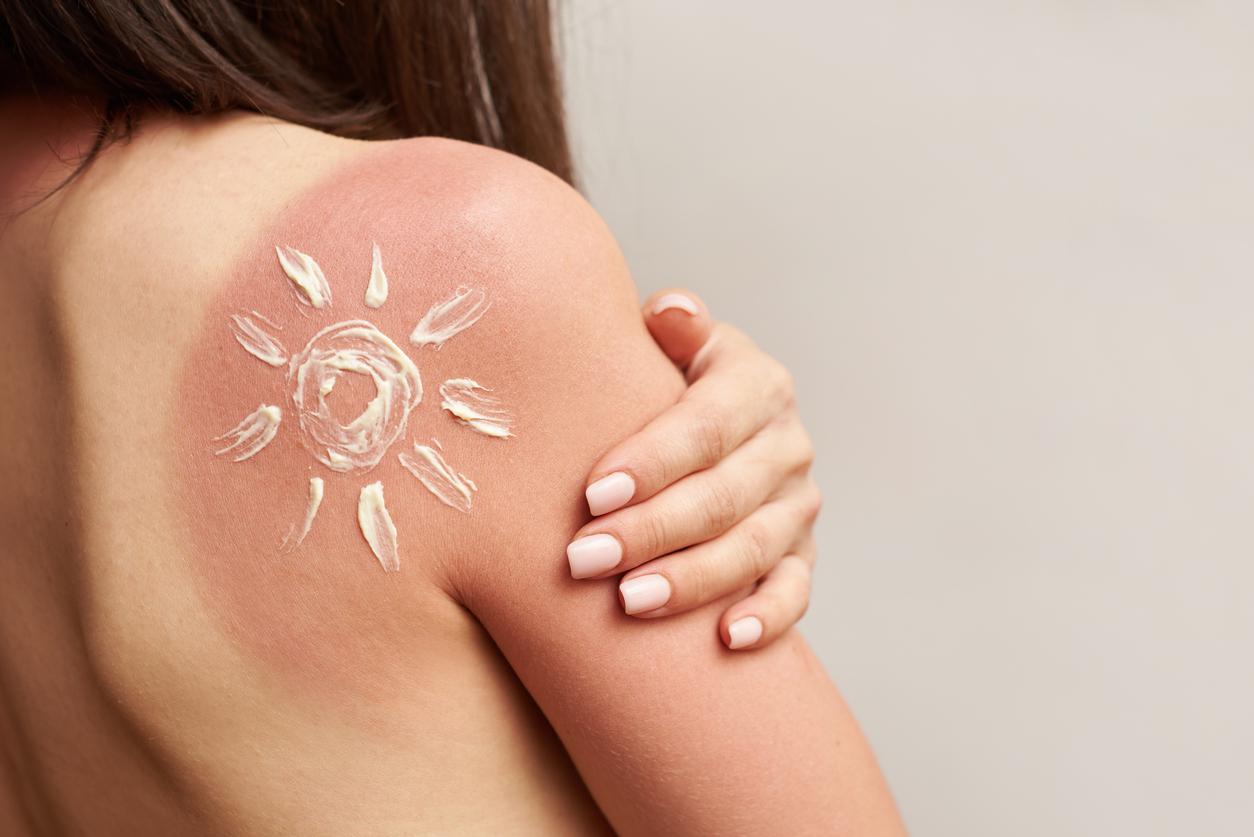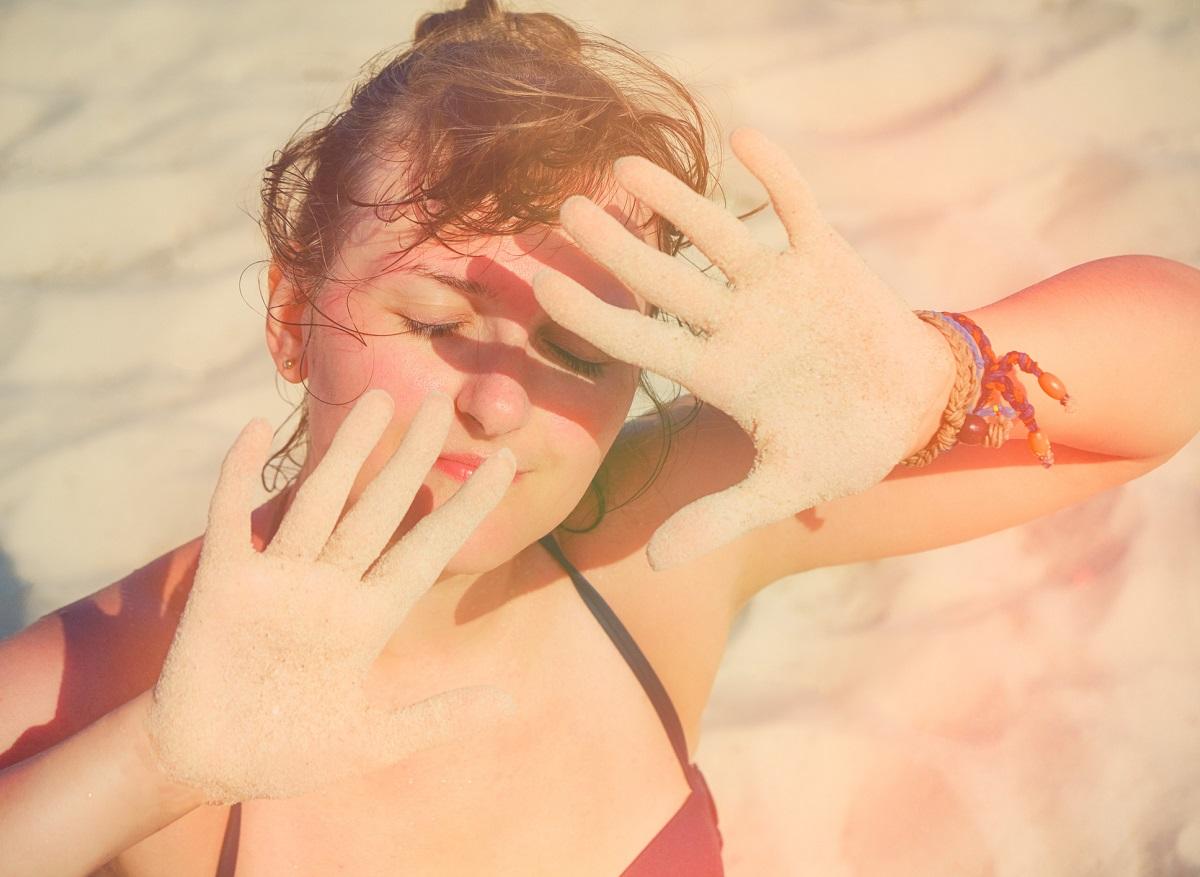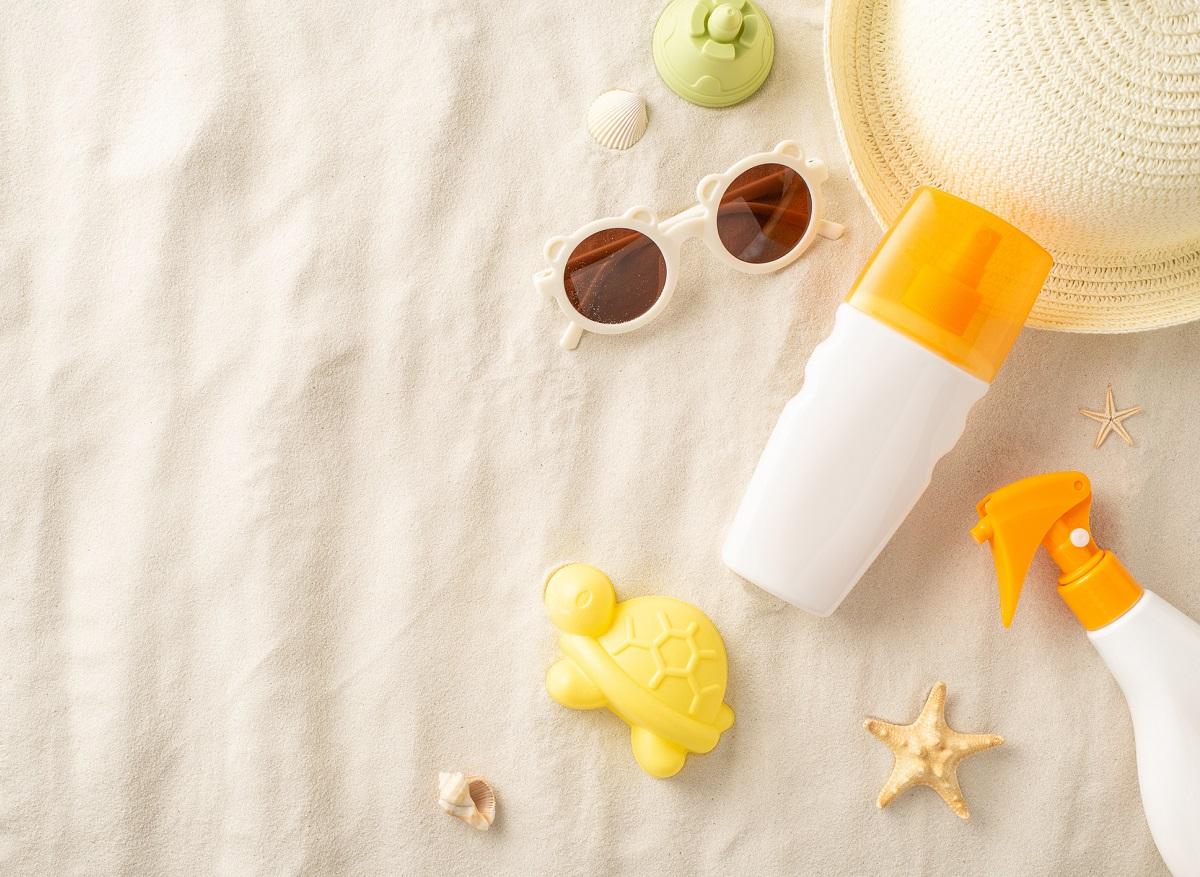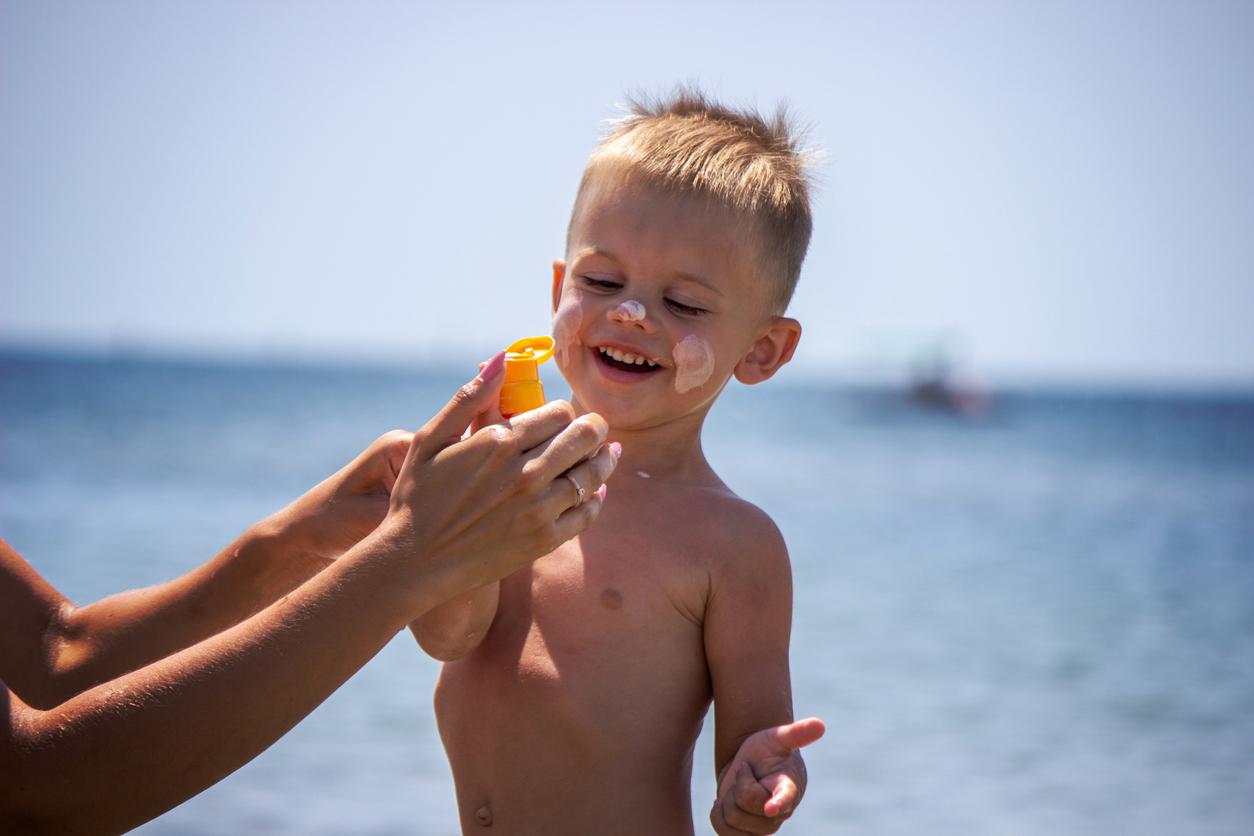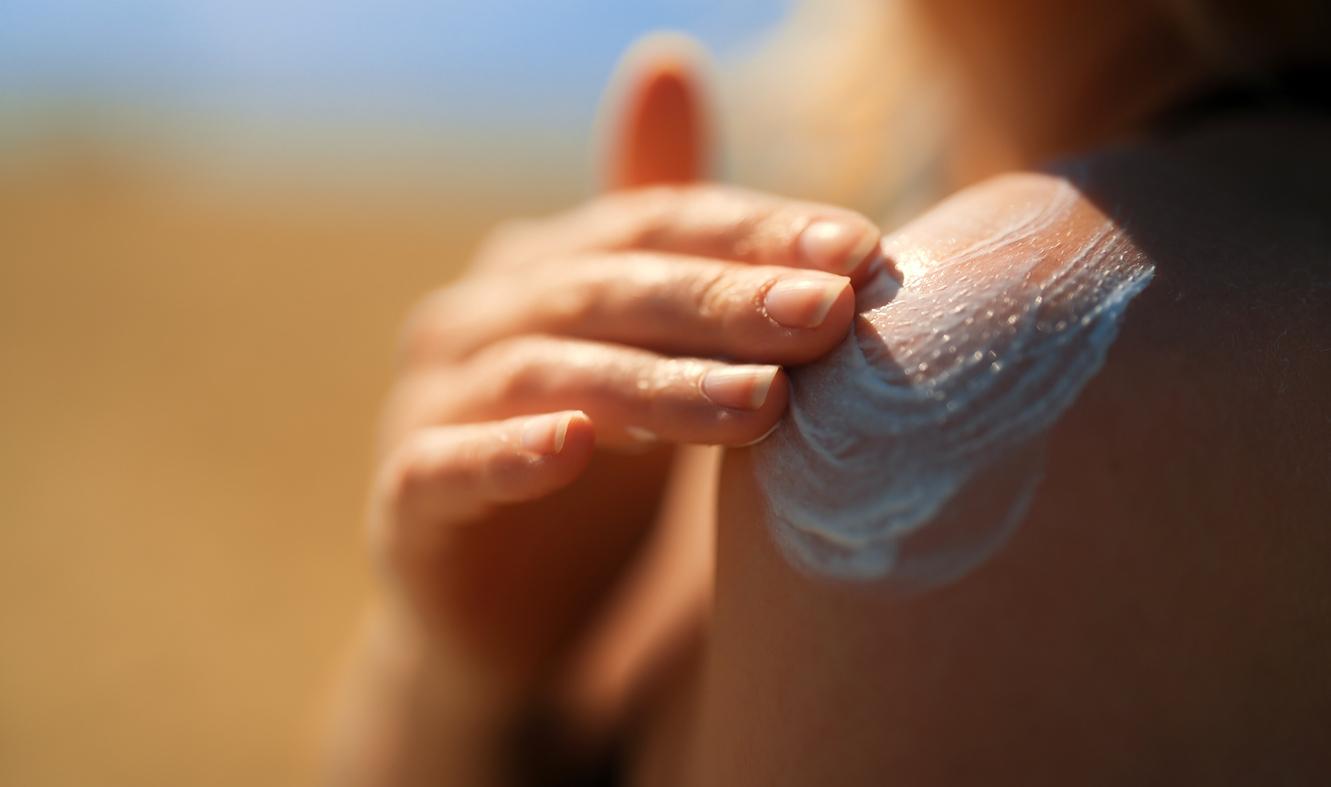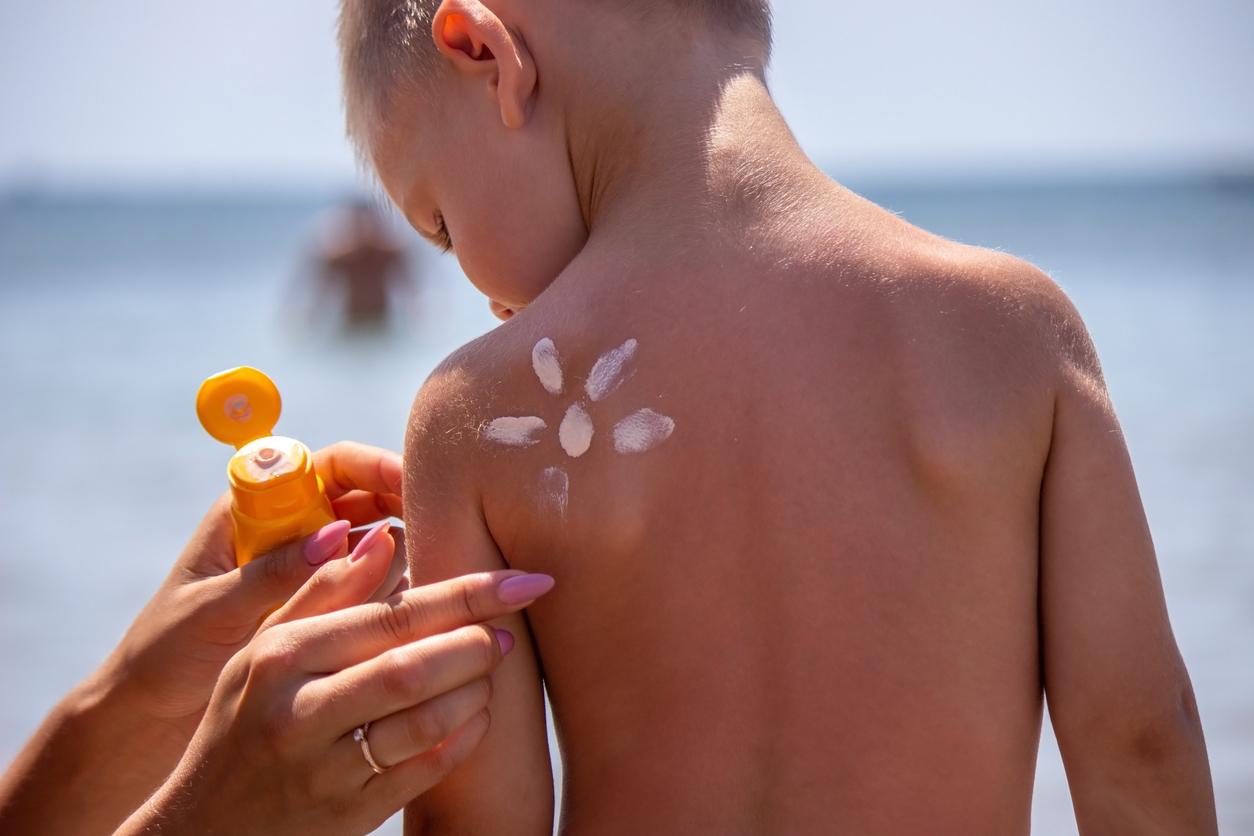If taking off improves the health of holidaymakers, it is not without risk. Here are some recommendations for practicing sailing with complete peace of mind.

- If you want to start, register with a sailing school.
- Protect yourself from the sun, take a water bottle with you. Hydrate regularly and rinse off after activity.
- Don’t overestimate yourself. Kitesurfing and the use of a foil require good physical shape and a good technical level.
Want to sail this summer? Even if the sea stretches out its arms to you, safety measures are essential. Dr. Hervé Roguedas, referring doctor for the French Sailing Federation, agreed to answer our questions while providing lots of advice.
What is the right thing to do when starting out?
Join a sailing club! This will save you many problems. The warm-up will be done before or during the preparation of the equipment then the maneuvers on the boat are progressive, no risk of drowning since a vest is provided, the instructor is trained in all types of problems. Doing an initiation week with a club is an excellent way to start in complete safety, then it is also possible to rent equipment on certain beaches. There, the practice remains supervised with a person on the water to ensure everyone’s safety.
We also take care of the solar education of our members. To avoid sunburn we prefer clothes, glasses, hat. I am personally not in favor of sunscreen: it often penetrates the skin even though it often contains endocrine disruptors. This is a problem especially for children. For them, there are creams without disruptors but composed of minerals that cause ecological problems, especially on coral.
How to properly protect the skin?
By wearing clothes! Often clubs organize two or three sessions a day: morning, afternoon and late afternoon. You have to dress well and put cream where you can’t be protected. We also recommend that practitioners take water bottles with them so that they can hydrate regularly. After sailing, you have to rinse off in a shower. Some people feel the need to apply a healing cream or oil, why not if there is irritation.
On some bodies of water, it is possible to contract severe irritation due to chemicals or microparticles in the water, small algae that are a little toxic. This can happen especially on closed bodies of water. In general, the prefecture takes samples and prohibits swimming and navigation in these waters. If you come into contact with this polluted water, ask your pharmacist or doctor for advice.
Is it possible to get hurt?
Yes, you shouldn’t overestimate yourself. We tend to appreciate the new supports which are more fun, lighter and give more sensations. If they seem accessible, they are not always so, we must then deter people without regular physical activity the rest of the year or having difficulty moving on dry land.
This is particularly the case for kit-surfing [planche tractée par un cerf-volant, NDLR] which requires some physical practice. It can for example cause shocks in the arms or legs but also cuts or burns, in particular because of the wires which connect the harness to the wing. If the person does not control his gestures or has a problem on the water, he can burn himself because the tension with the kite makes them rise to high temperature.
However, the most problematic are the foils [une aile sous-marine qui rehausse le support général et donne une sensation de vol, NDLR]. Poorly controlled, it can cause a sudden stop amplified by kinetics [puissance de vitesse, NDLR] strong and thus cause sprains or fractures. In extreme cases, it is also possible to cut yourself with a foil because they are very thin, hence their ease in cutting through the water. I insist on this: they have a fantastic side with this impression of flying so easily on the water yet the use of foil is not within the reach of beginners. For others, it’s worth going to a sailing school to better understand your level.
.



